Whales and dolphins have captivated our hearts and minds for generations. These fascinating marine mammals are some of the most intelligent and awe-inspiring creatures on the planet. As we dive into the depths of the ocean, let’s explore some incredible facts about whales and dolphins that will literally blow your mind. From their astonishing communication skills to their surprising family dynamics, these facts will leave you with a newfound appreciation for our ocean friends.
1. Whales Have Their Own Dialects
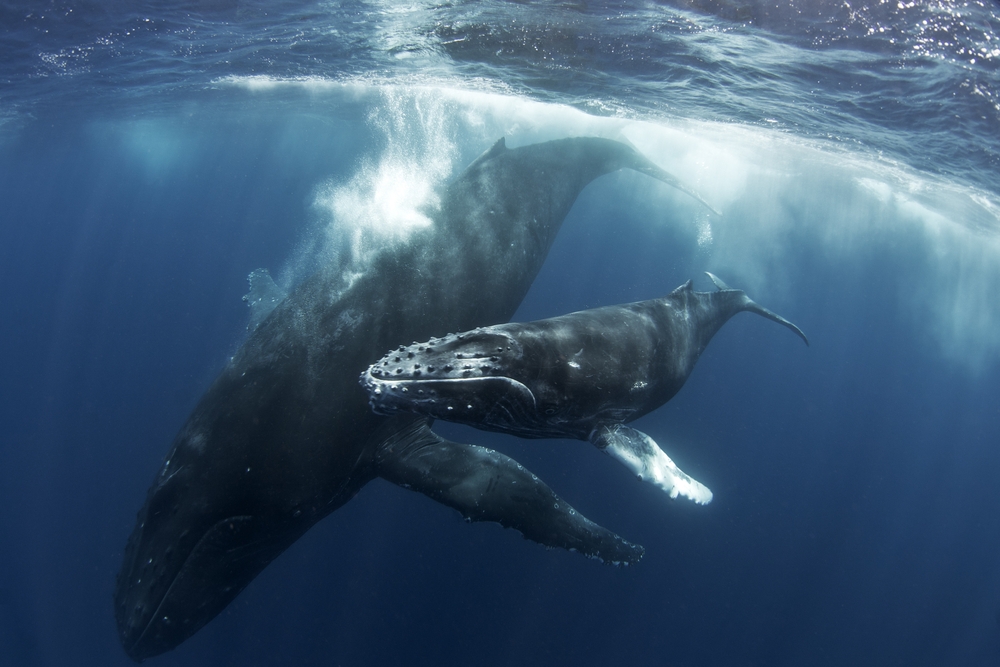
Believe it or not, whales are like the polyglots of the ocean. These massive creatures don’t just communicate with simple sounds; they have their own dialects! According to National Geographic, different pods of whales can have unique vocalizations that are distinct to their group. This is particularly true for orcas, also known as killer whales. Each pod’s vocal pattern is passed down through generations, almost like a family tradition. It’s as if each group has its own language, unique to the members of their pod.
Imagine swimming in the ocean and hearing a symphony of clicks, whistles, and pulsing calls—all part of a whale’s complex communication system. These vocalizations serve various purposes, such as navigation, locating prey, and social interactions. It’s fascinating to think that whales can recognize each other and convey messages just by the way they sound. So next time you hear a whale song, remember that it’s not just noise—it’s a sophisticated form of communication with cultural significance.
2. Dolphins are the Ocean’s Brainiacs
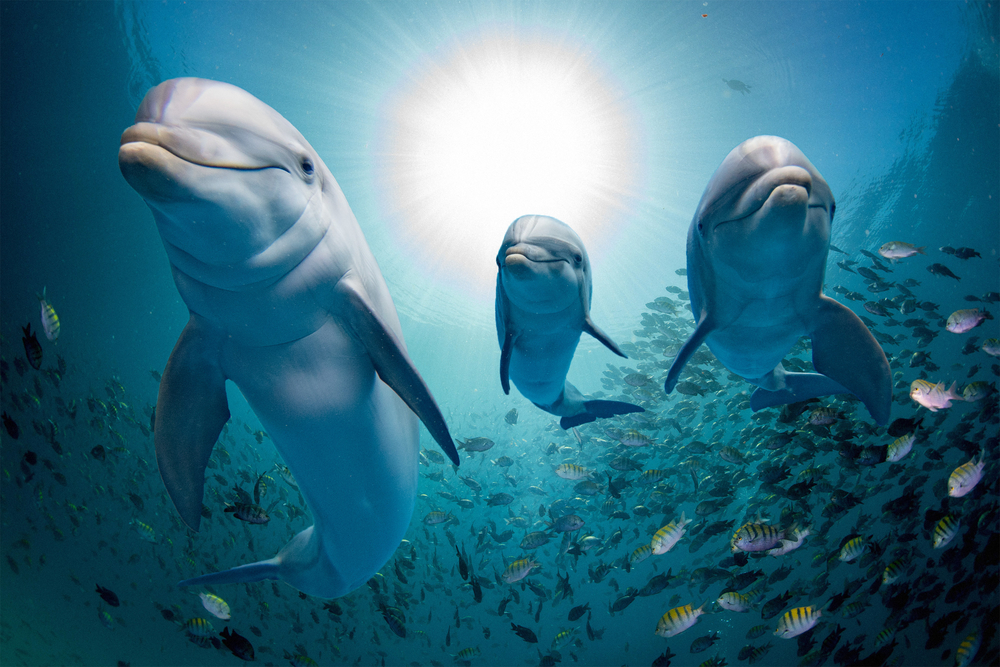
Dolphins are often celebrated for their intelligence—and for good reason! These playful creatures have large brains relative to their body size, making them one of the smartest animals in the marine world. Researchers have discovered that dolphins can solve complex puzzles, recognize themselves in mirrors, and even understand abstract concepts. According to the Whale and Dolphin Conservation, dolphins’ cognitive abilities are similar to those of primates, which is astonishing.
It doesn’t stop there; dolphins are also known for their strong social bonds. They live in groups called pods, where they cooperate to catch food and protect each other from threats. These social structures are incredibly intricate, showcasing their emotional intelligence and empathy. Dolphins are known to demonstrate altruistic behavior, helping injured or sick members of their pod—and sometimes even showing similar behavior towards humans! No wonder they are often seen as the brainiacs of the ocean.
3. Some Whales Can Live Over 200 Years
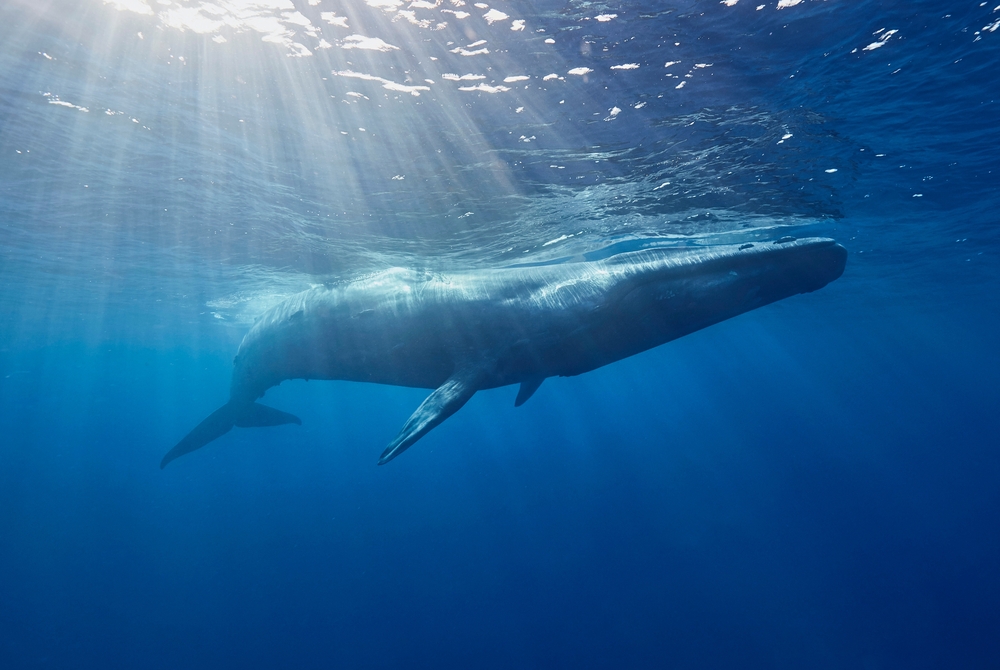
Imagine witnessing multiple generations of your family grow up while you swim the seas for over two centuries. That’s exactly what some bowhead whales experience, as they are known to live for more than 200 years! These majestic creatures hold the record for the longest lifespan among mammals, and researchers have been intrigued by their longevity. According to the Smithsonian Ocean, scientific studies have revealed that bowhead whales have unique genetic adaptations that contribute to their extended lifespans.
These adaptations include enhanced DNA repair mechanisms and a resistance to age-related diseases. As a result, bowhead whales gracefully age in the pristine waters of the Arctic and sub-Arctic regions. The idea of living for centuries might seem daunting, but for these ocean giants, it means witnessing vast ecological changes and surviving in a dynamic environment. Their impressive lifespans remind us of the incredible resilience and adaptability of marine life, even in the face of climate change.
4. Whales Have Heartbeats You Can Hear From Miles Away
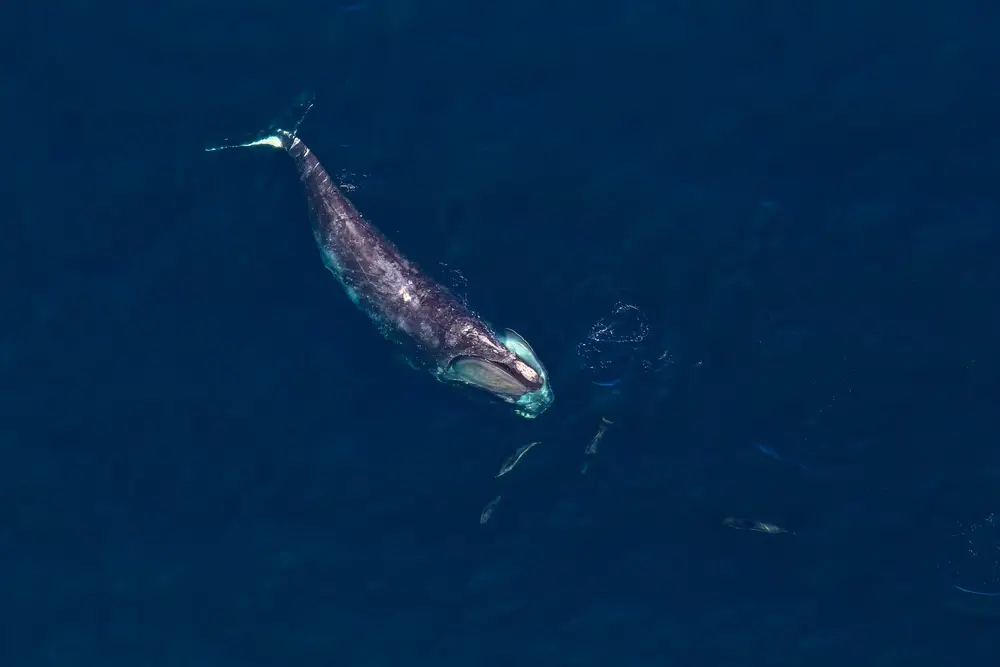
If you’ve ever wondered just how powerful a whale can be, consider this: a blue whale’s heartbeat can be detected from over two miles away! Blue whales are the largest animals to have ever existed, and their hearts are as big as a small car. The sheer power of a blue whale’s heartbeat is a testament to their immense size and strength. Scientists have used special equipment to measure their heartbeats during deep dives, revealing incredible insights into their physiology.
When blue whales dive, their heart rate slows dramatically to conserve oxygen, showcasing an extraordinary ability to adapt to deep-sea conditions. Once they resurface, their heart rate quickly increases to pump oxygen-rich blood throughout their massive bodies. It’s a fascinating biological rhythm that supports their enormous size and energetic demands. Next time you think of these gentle giants, picture their mighty hearts pulsing rhythmically beneath the waves—truly a wonder of nature.
5. Dolphins Have Signature Whistles
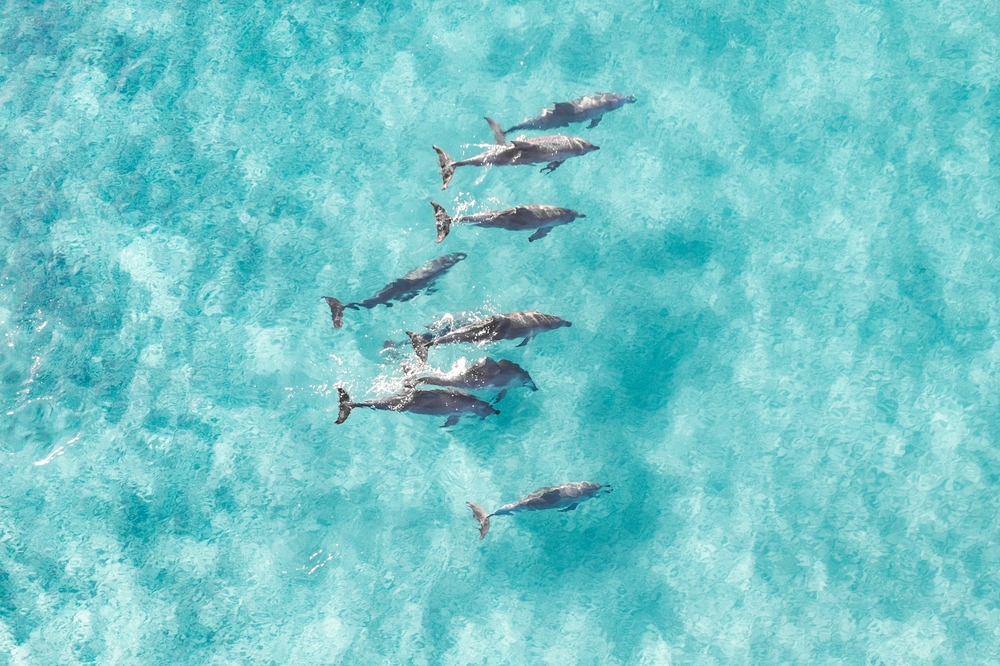
Just like humans have names, dolphins have their own unique signature whistles that function as personal identifiers. These signature whistles are like calling cards, allowing dolphins to recognize and address one another in the vast ocean. Scientists have discovered that these whistles are stable throughout a dolphin’s lifetime and are used in a variety of social interactions. It’s as if each dolphin has a personalized ringtone that their pod mates recognize instantly.
What’s truly remarkable is that dolphins can mimic each other’s whistles, which is often seen during mother-calf interactions or when dolphins form close bonds. This ability to copy and call out each other’s signature whistles highlights their complex social behavior and communication skills. In a world full of sound and motion, these signature whistles are essential for maintaining social ties and navigating their aquatic environment. So, the next time you hear dolphins vocalizing, imagine them calling each other by their special names.
6. Whales Migrate Thousands of Miles
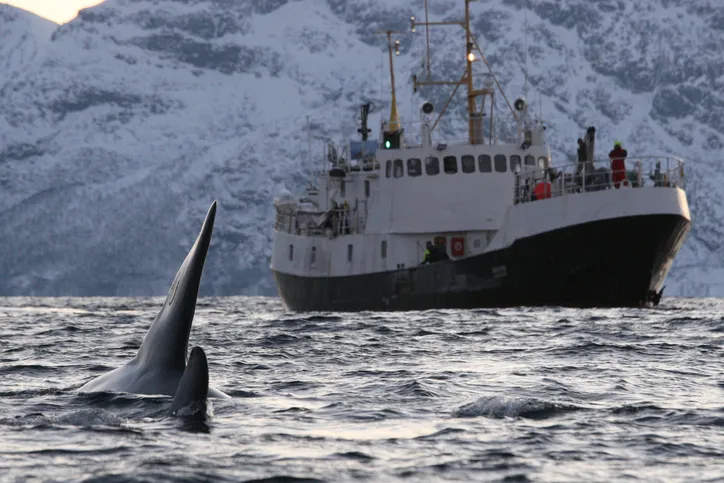
Whales are the ultimate ocean voyagers, embarking on epic migrations that span thousands of miles each year. Humpback whales, for example, travel between their feeding grounds in polar waters to their breeding grounds in tropical climates. These long-distance journeys are among the longest migrations of any mammal on Earth, and they rely on celestial cues and environmental signals to navigate. It’s like having an internal GPS that guides them across the world’s oceans.
During migration, whales face numerous challenges, including finding food and avoiding predators and human-made obstacles. Yet, they persist, driven by the need to find suitable habitats for birthing and feeding. This incredible endurance and navigational prowess are a testament to their evolutionary adaptations and survival instincts. The next time you think of migration, remember the whales’ incredible commitment to their ancient routes, embodying the spirit of exploration and resilience.
7. Dolphins Use Tools
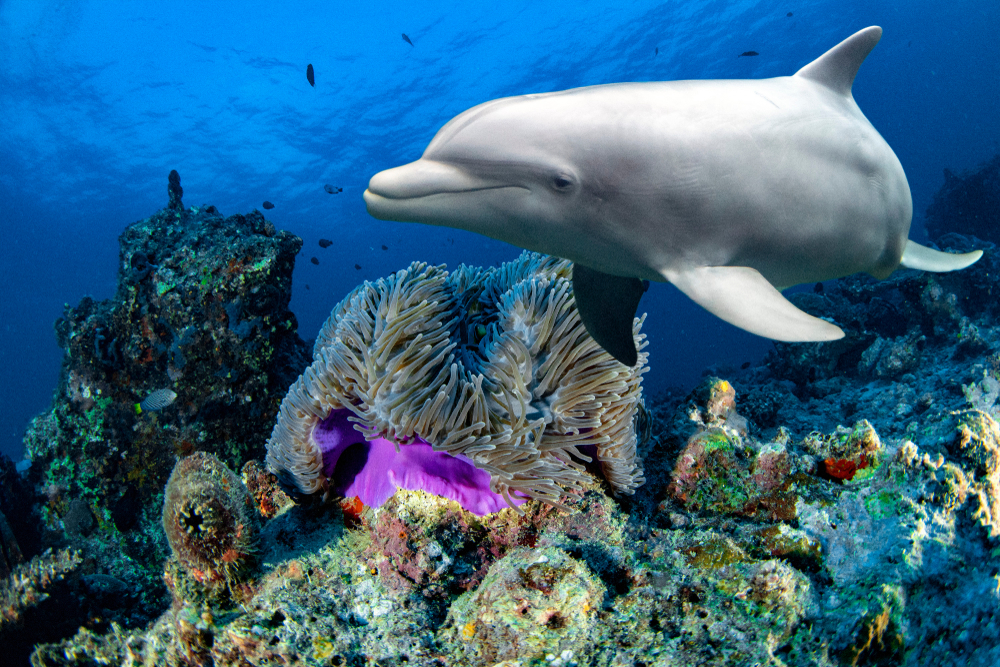
Dolphins are not just intelligent—they’re also crafty problem solvers. In some parts of the world, dolphins have been observed using marine sponges as tools to protect their snouts while foraging on the seafloor. This behavior, known as “sponging,” is primarily seen in female bottlenose dolphins and is passed down from mother to calf. It’s a form of cultural transmission and an amazing example of how dolphins adapt to their environment using tools.
Tool use is rare in the animal kingdom, making this behavior even more fascinating. It shows that dolphins have the cognitive ability to understand cause and effect, demonstrating forward-thinking and planning. The “sponging” technique also highlights the diversity within dolphin communities, as not all dolphins engage in this behavior. When you think of dolphins, imagine these clever creatures not just swimming gracefully, but also innovating and using tools to thrive in their underwater world.
8. Whales Have Belly Buttons
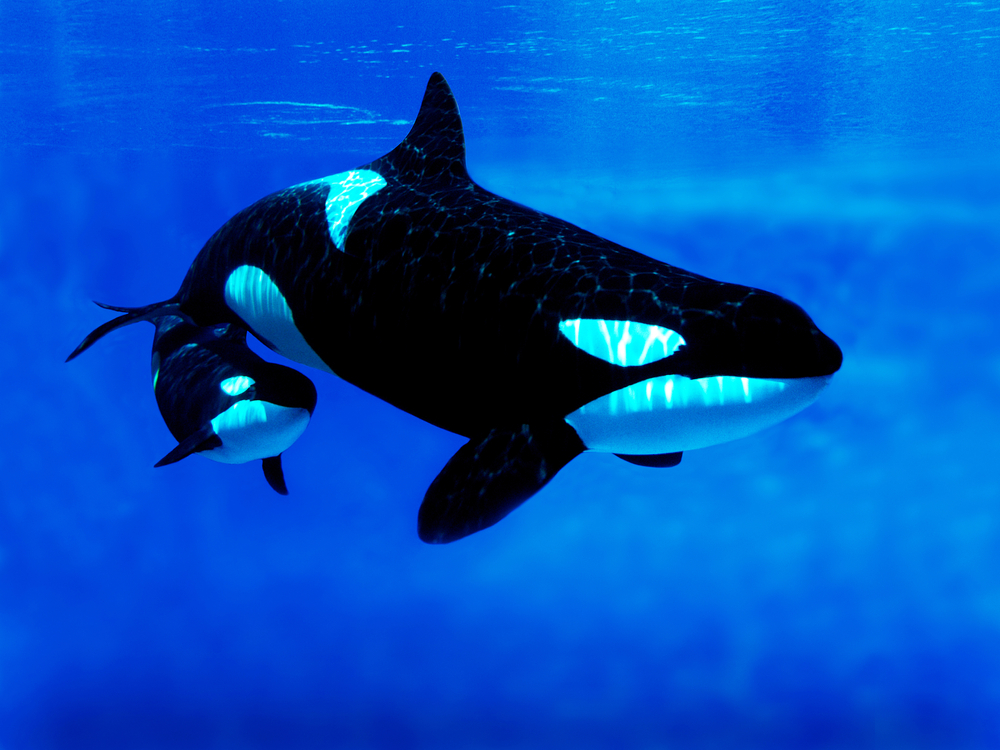
Yes, you read that right—whales have belly buttons, just like humans! As mammals, whales give live birth and, like all placental mammals, they have a navel as a reminder of their time in the womb. The belly button is where the umbilical cord was attached, providing nutrients and oxygen to the developing calf. After birth, the umbilical cord detaches, leaving behind a small, often inconspicuous scar—just like our own belly buttons.
While you might not easily spot a whale’s belly button, it’s a fascinating reminder of their biological connection to land mammals. This little feature underscores the fact that whales are more closely related to us than you might think. It’s a small detail, but it’s part of what makes whales such intriguing animals. So next time you spot a whale, know that beneath its massive, streamlined body lies a tiny, familiar feature that ties them to the circle of life.
9. Dolphins Can Sleep with One Eye Open
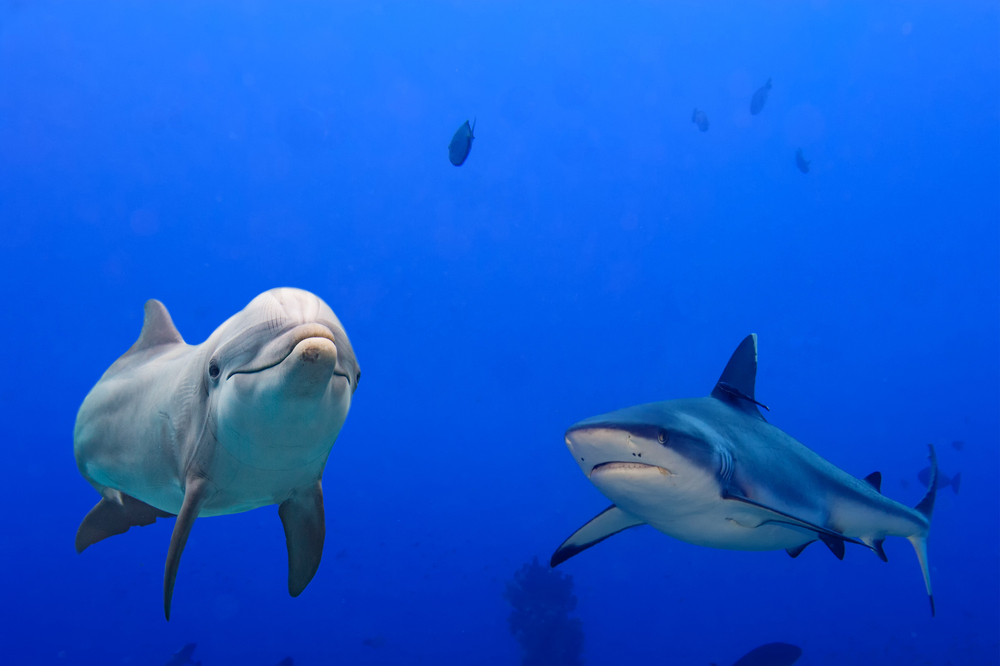
Dolphins have a unique sleeping strategy that helps them stay alert while resting. They sleep with one half of their brain at a time, allowing them to keep one eye open and remain partially conscious. This fascinating adaptation is known as unihemispheric slow-wave sleep and enables dolphins to watch for predators, maintain social contact, and surface for air. Imagine being able to take a nap while still being aware of your surroundings—that’s the dolphin’s secret to survival in the ocean.
This half-brain sleep also allows dolphins to engage in social activities and respond to threats even during rest. By alternating which side of their brain is asleep, dolphins can effectively recharge while staying vigilant. It’s as though they have a built-in alarm system that ensures they never fully shut down. Next time you find yourself struggling to stay awake, think of dolphins and their remarkable ability to rest with one eye open, always ready for whatever the ocean brings.
10. Whales Can Sing Complex Songs
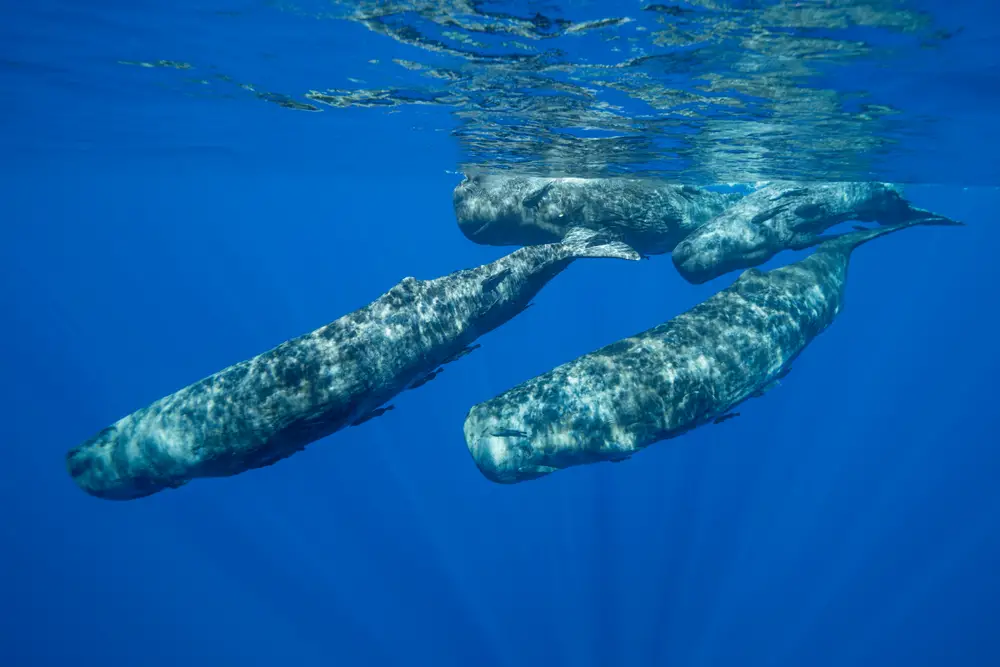
Whales are the composers of the deep, creating intricate songs that travel vast distances underwater. Humpback whales are particularly famous for their complex melodies, which can last up to 20 minutes and be repeated for hours. These songs are not just random sounds; they have structure and patterns, similar to human music. Scientists believe these songs play a role in mating, with males singing to attract females or to establish dominance.
What’s incredible is that these songs can change over time, as whales often incorporate new patterns or variations into their melodies. This evolution of song suggests a form of cultural transmission, with young whales learning and adapting their songs from older members of the pod. These aquatic symphonies are a reminder of the rich and dynamic lives that whales lead beneath the waves. So, when you hear the haunting beauty of a whale song, remember it’s a living, evolving masterpiece of the ocean.
11. Dolphins Have Incredible Healing Abilities
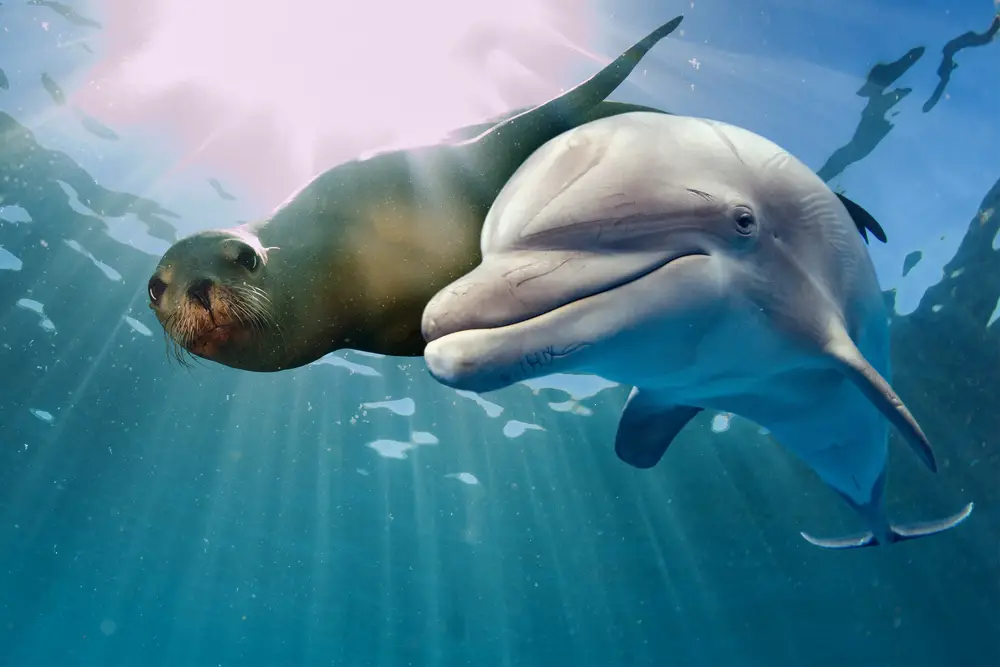
Dolphins possess remarkable healing capabilities that scientists are only beginning to understand. They have the ability to recover from severe injuries, such as shark bites, with minimal scarring. Researchers have observed that dolphins heal rapidly and often show no signs of infection despite the harsh marine environment. This incredible healing power is thought to be a result of their unique immune system and regenerative abilities.
Moreover, dolphins have been seen using behaviors that suggest they self-medicate, such as swimming near certain marine plants that may have medicinal properties. This natural healing process seems to be highly effective, allowing dolphins to survive injuries that would be life-threatening to other animals. The study of dolphin healing not only fascinates scientists but also has the potential to inform medical advancements for humans. Dolphins’ resilience in the face of injury reminds us of the hidden mysteries and wonders of the natural world.
12. Whales and Dolphins Have Incredibly Strong Bonds
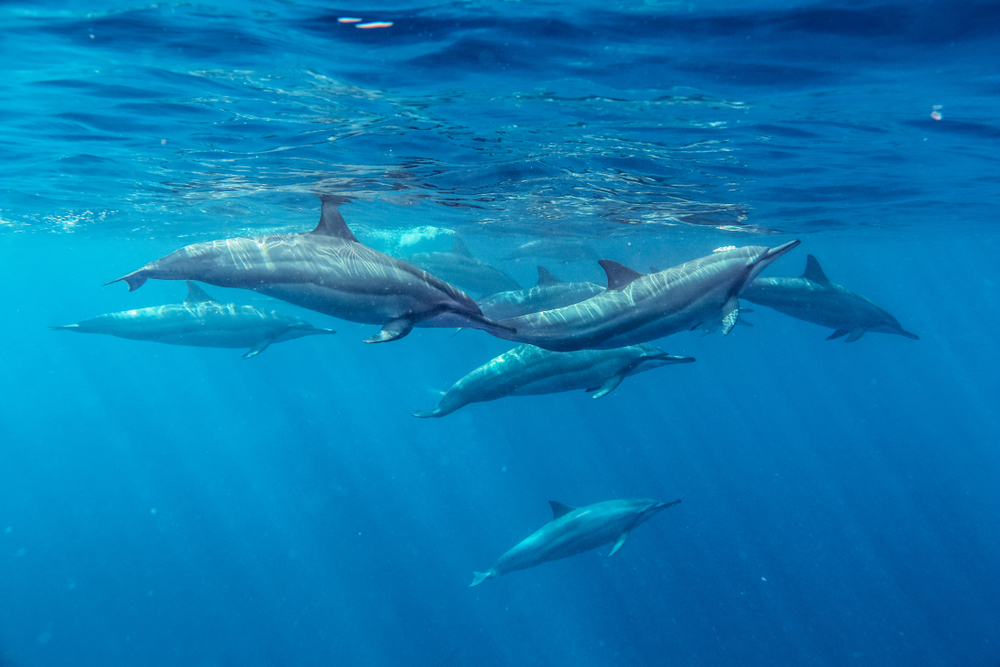
Whales and dolphins are known for forming some of the strongest social bonds in the animal kingdom. These creatures often live in close-knit family groups, where they exhibit behaviors such as cooperative hunting, caregiving, and even mourning. For instance, orcas have been observed carrying their dead calves for days in an apparent display of grief. This strong social structure is essential for their survival, fostering cooperation and mutual support within the pod.
The bonds between these marine mammals are so strong that they often extend beyond family ties, with individuals forming long-lasting friendships. Dolphins, in particular, display complex social behaviors, including playful interactions and alliances. These relationships are indicative of high emotional intelligence and empathy, making whales and dolphins among the most socially sophisticated animals. When you think of these ocean dwellers, remember that beneath the waves, they’re nurturing connections and forming friendships just like we do.
13. Whales Play a Crucial Role in the Ocean Ecosystem

Whales are not just majestic creatures; they’re vital components of the marine ecosystem. As they feed on vast amounts of krill and small fish, they contribute to the regulation of marine populations. But their impact doesn’t end there—when whales excrete, they release nutrients like iron and nitrogen into the water, acting as natural fertilizers. This process, known as the “whale pump,” enhances the growth of phytoplankton, which in turn supports the ocean’s food web and absorbs carbon dioxide from the atmosphere.
Moreover, as whales dive and surface, they contribute to the mixing of ocean layers, promoting nutrient circulation. This movement helps sustain marine biodiversity and supports healthy ecosystems. By playing their part in nutrient cycling and carbon sequestration, whales are essential for maintaining the balance of life in the ocean. These giant creatures remind us of the interconnectedness of nature, and their conservation is crucial for the health of our planet’s oceans.
